Late Quaternary Chorus Frog (Pseudacris) from the Channel Islands, California
Jim I. Mead
Mammoth Site of Hot Springs South Dakota, jmead@mammothsite.org
Justin Wilkins
Mammoth Site of Hot Springs South Dakota, justinw@mammothsite.org
Paul W. Collins
Santa Barbara Museum of Natural History, Paul@sbnature2.org
Abstract
Fossil and subfossil remains of the vertebrate faunas from the northern Channel Islands, southern California, have been studied for many decades. Contin-ued interest has focused on skeletal remains of birds, rodents, and mammoths from archaeological and paleontological localities, but considerably less attention has been placed on the detailed description of the herpetofauna (salamanders, anurans [frogs and toads], lizards, and snakes) on the Channel Islands. We present descriptions of an ilium of an anuran from Santa Rosa Island (Larramendy North; radiocarbon dating at least 13,393 calibrated years ago) and two tibiofibulae San Miguel Island (Daisy Cave) dating from earliest and middle late Holocene layers. We identify the fossil il-ium as Pseudacris sp. (chorus frog): 1) it is the lowest level that skeletal morphology permits us to attempt, 2) realizing that it appears morphologically closest to P. regilla, and 3) yet realizing that not all species of Pseudacris and Hyla have been directly com-pared or are understood. The extant amphibian fauna on these islands is depauperate. The remains presented here represent the first description of a fossil anuran from the northern Channel Islands. It is now understood that a chorus frog lived on glacial-age Santarosae Island, yet it is not understood when its distribution was reduced to just the present two largest islands, Santa Rosa and Santa Cruz.
Investigation of the Holocene and late Pleistocene terrestrial vertebrate faunas from the northern Channel Islands (NCI) off the coast of Santa Barbara California has received attention for many decades (see discussions in Damiani and Garcelon 2009)(Fig. 1). Of sustained interest has been the analysis of cultural artifacts along with skeletal remains of birds, rodents, and mammoths from archaeological and paleontological localities (e.g., Erlandson et al. 1996; Guthrie 1980, 1998, 2005; Johnson et al. 2002; Ainis and Vel-lanoweth 2012; Allen 2013; Muhs et al. 2015). What has received considerably less attention other than cursory listings is the detailed assessment of the herpetofauna (salamanders, anurans [frogs and toads], lizards, and snakes). The first and only insular Pleistocene-age salamander (Batrachoseps) from the Channel Islands was recovered in association with a late Pleistocene pygmy mammoth (Mammuthus exilis; 12,840 ± 140 yr B.P., CAMS-24429, AMS analysis; Agenbroad 1998, 2002; Mead et al. 2004). Here we report on the skeletal re-mains of the first fossil frog from localities on the NCI: one ilium from Laramendy North, Santa Rosa Island and two leg elements from Daisy Cave A, San Miguel Island.
Read the Full Research Paper Below
Lang Family Dig Building Dedicated
HOT SPRINGS, S.D. – Donations and support from local businesses, foundations and the Lang Family have made the opening of a new dig building and a free summer camp program possible at The Mammoth Site. During The Mammoth Site’s 50th anniversary celebrations, the Lang...
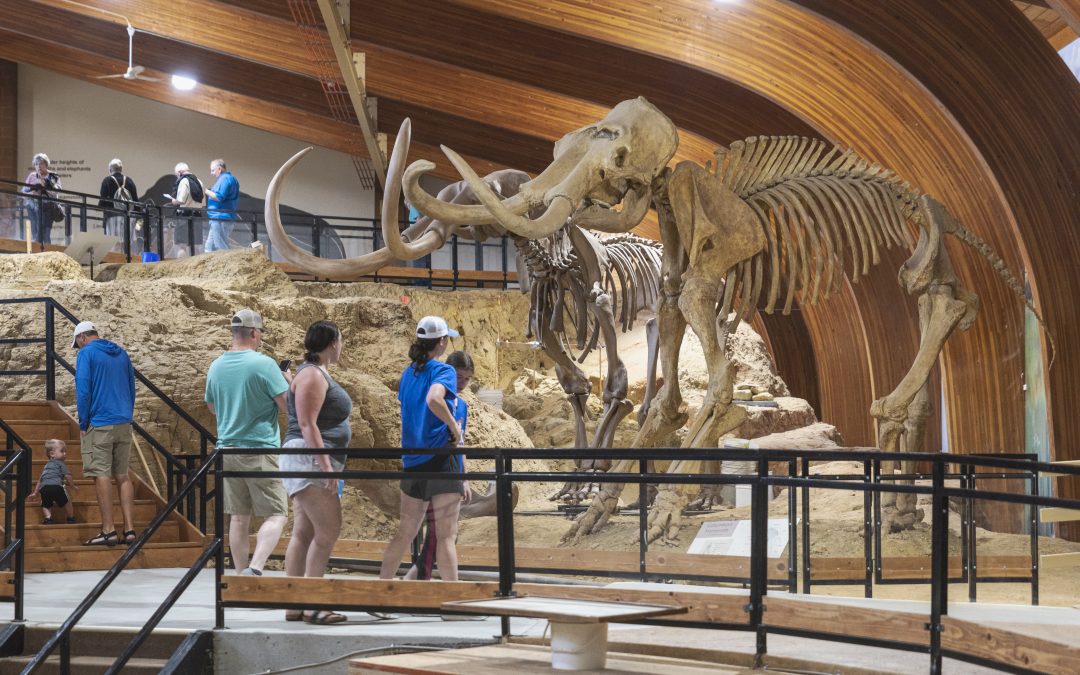
Mammoth Site Awarded Re-Accreditation from the American Alliance of Museums
For Immediate Release Release Date: July 14, 2023 Contact: Claire Scarborough, news@mammothsite.org, 605-745-6017 Mammoth Site Receives Highest National Recognition, Awarded Re-Accreditation from the American Alliance of Museums HOT SPRINGS, S.D. – The Mammoth Site of...
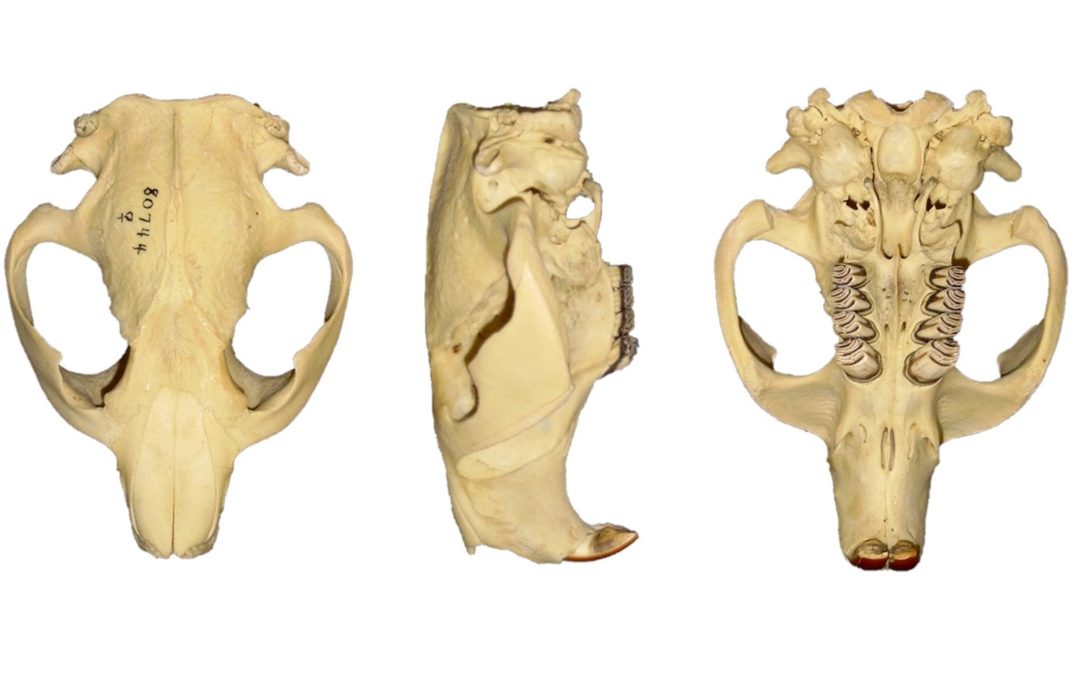
International Beaver Day
Kelly Lubbers, Bonebed Paleontologist Happy International Beaver Day!! Beavers have been around for a long time (since the late Eocene, about 33 million years ago) and were not all semi-aquatic, tree chewing, dam building like the beavers we see and love today. Some...
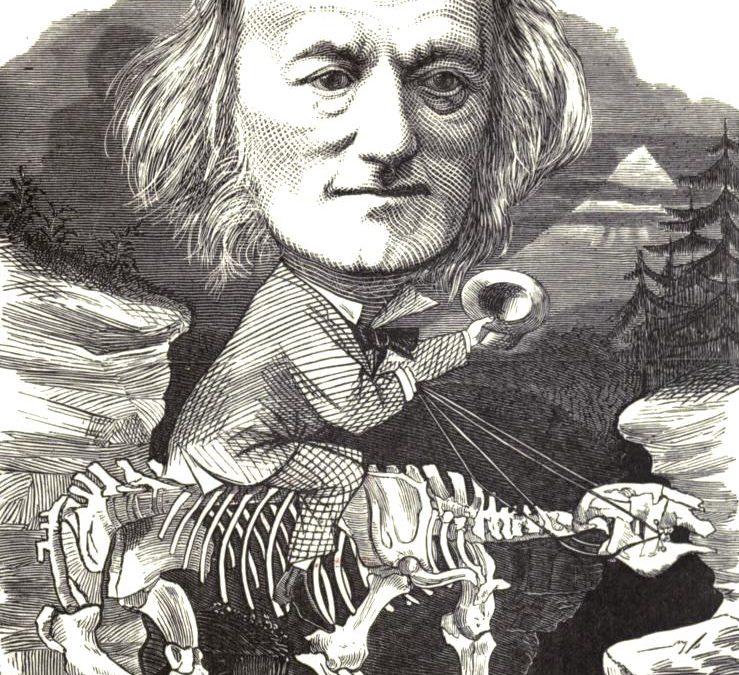
A Bone Voyage
“I have been wonderfully lucky, with fossil bones — some of the animals must have been of great dimensions: I am almost sure that many of them are quite new; this is always pleasant, but with the antediluvian animals it is doubly so.” —Letter from Charles Darwin to his sister Caroline, October 1832.
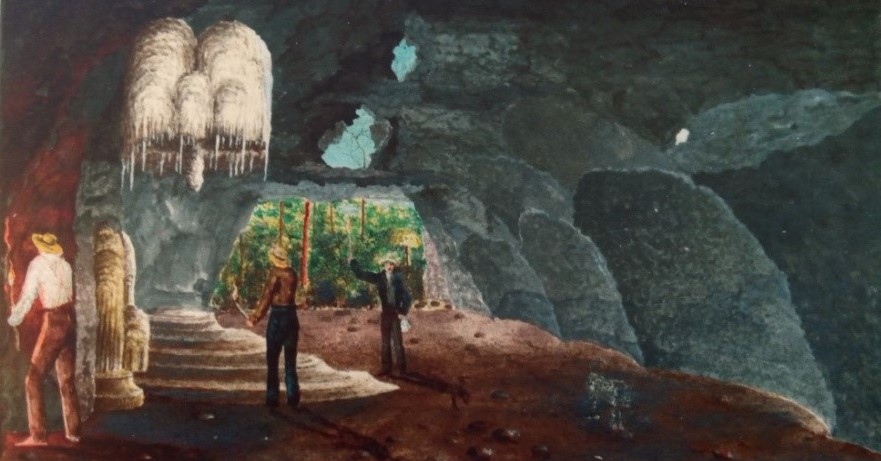
Botany and Bones in Brazil
By Greg McDonald The first discoveries of the ground sloths Megatherium and Megalonyx consisted of single individuals that were not mixed with other species. Such discoveries make it easier to be confident that all of the bones are of a single species and that the...
The American Pronghorn and its Ancient Relatives
Richard S. White, Research Associate Antilocapra Americana (Walt Anderson painting) When Europeans began exploring the New World in the 16th-19th centuries, they encountered a wealth of unfamiliar animals and plants. They generally called these animals by some version...
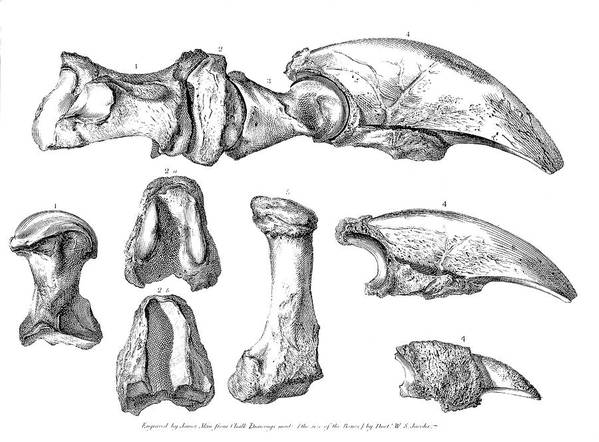
Saltpeter and Sloths
It was not long after Cuvier described the first fossil sloth, Megatherium, in 1796 that additional discoveries of fossil sloths were made. The next prominent discovery was not in South America as might be expected but instead in North America. The discovery of this...
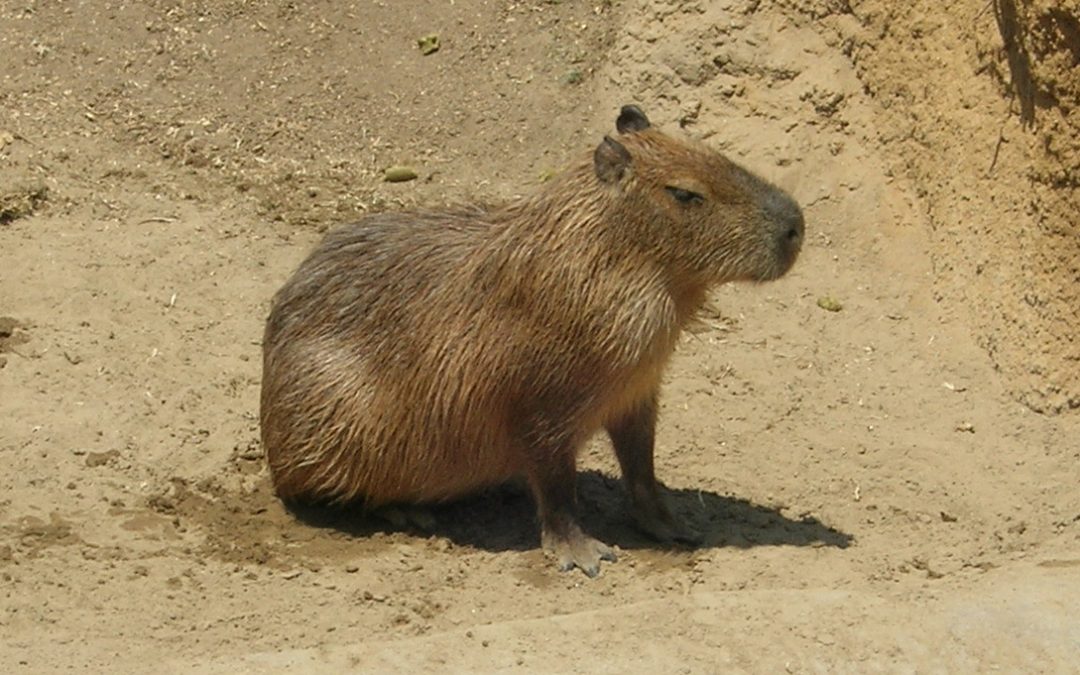
Mammoth Site Researchers Involved In Discovery of New Capybara Fossil Species
HOT SPRINGS, S.D. – Researchers from The Mammoth Site in Hot Springs, South Dakota have published the results of their study of a new fossil species of capybara found in San Diego County, California. Named Hydrochoerus hesperotiganites, it is closely related to the...
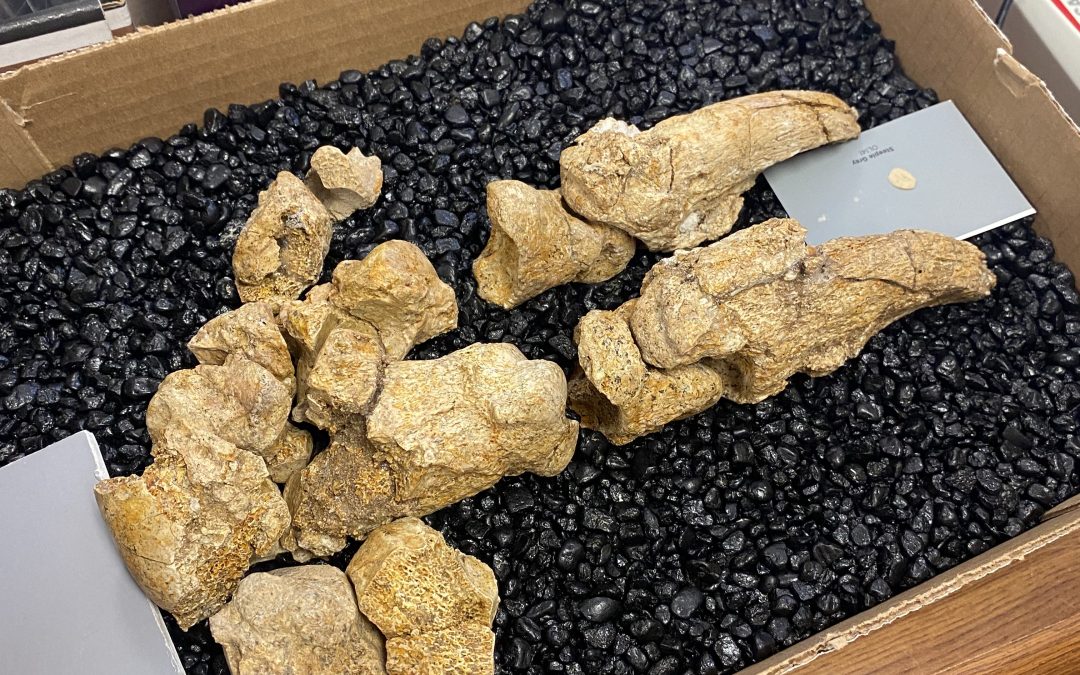
The Discovery of Sloths: Strange Animals in a Strange New Land
When you have an animal named after one of the seven deadly sins, a common question is which came first, the animal or the sin? Geologically speaking, the credit goes to the animal, as the sloth lineage existed long before there were humans to give it any name. While...
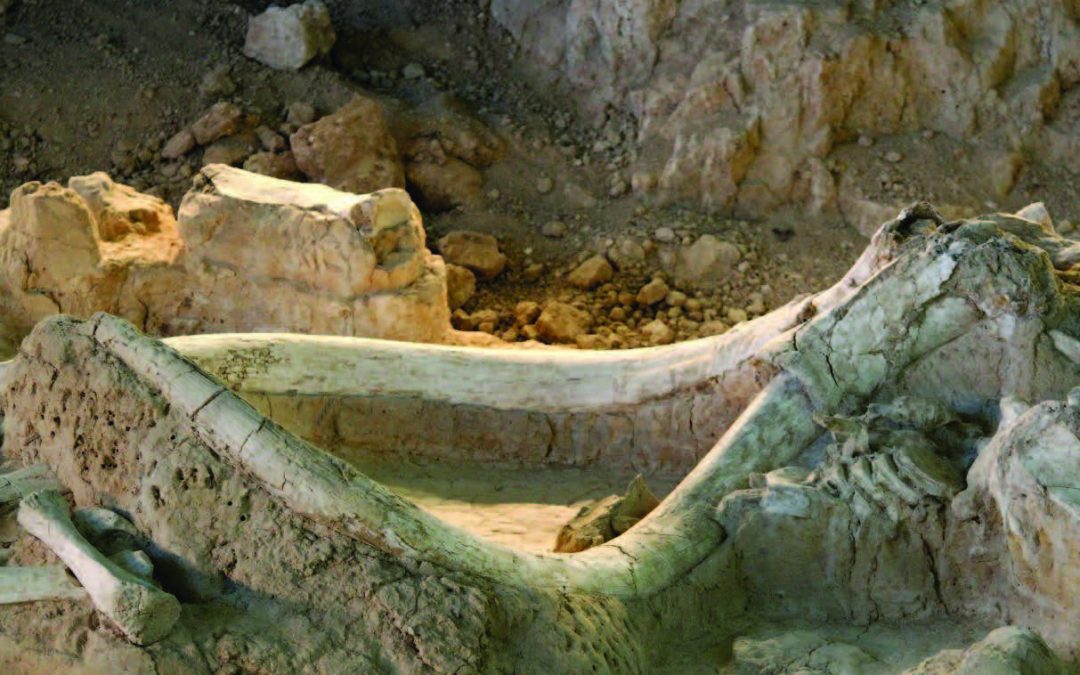
Proboscideans from US National Park Service Lands
Jim I. Mead, Justin S. Tweet, Vincent L. Santucci, Jeffrey T. Rasic, and Sharon E. Holte Abstract - Proboscideans (Mammalia, Proboscidea) are an ubiquitous part of North American ver-tebrate faunas throughout the Miocene, Pliocene, and Pleistocene. Here we discuss the...
